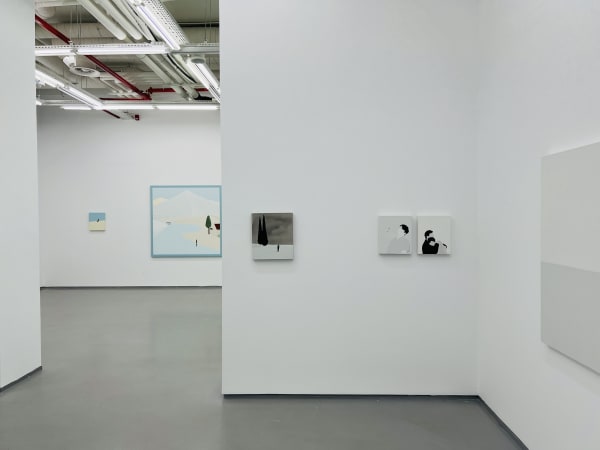Serdar acar: Serdar Acar's first solo exhibition at Pi Artworks
The artist focuses on loneliness in the present day and on the various forms of existence one can experience in isolation. In doing so, he creates alternative forms of existence for individuals through his paintings.
“The title of the exhibition is influenced and borrowed from William Shakespeare’s infamous play, “A Midsummer Night’s Dream”, in keeping with this, the show embraces concepts that are similar to the main themes of the play.” More explicitly, Acar explores themes embodied by the play’s title and his work wanders through the fringes of loneliness, touching on love –both imperfect and unrequited - destiny, loss, imagination, dream and reality, childhood, madness and the irrationality of life.
Serdar Acar creates unique, semi-poetic, semi-dreamy scenes by focusing on the most beloved themes in art historical tradition: landscape and figure. Acar’s captivating works become more chilling in their detail: so small compared to nature, they render mundane problems insignificant by forcing us to visualise our existence in large landscapes. The artist has been on a passionate journey of self-discovery and self-knowledge for a long time, and this experience and the self he transforms into – the anonymous silhouette - become leitmotifs of his paintings.
Acar perceives self-realization as a prerequisite to understanding the individual. Instead of identifying and singling out himself, he multiplies and augments faceless figures that the viewer can identify with. He does not pursue magnificent events or exceptional stories, but instead leaves us alone with the simple propositions of the human condition in ordinary, familiar landscapes that do not belong to one place. Is it this familiarity that captivates us?
Acar also includes fundamental motifs, such as houses, roads, boats and forests, that stimulate childhood memories in his pastel coloured paintings. However, cypress trees and the anonymous silhouette are images that we also encounter in nearly every composition. These can be seen as icons that obsessively tread the line between imagination and reality.
The paintings in the exhibition as a whole can also be read as a ritual narrative, through their repeating gestures and actions. This ritualistic approach, which we have seen in Acar’s previous works, also reminds us of the struggle in a narrative composition that is divided scene by scene. Therefore, these individual scenes, that are of course parts of a whole, can also be described as psychological snapshots that make sense on their own. Perhaps this is why some of the pastel compositions darken? The scenes in the paintings want us to reimagine ourselves in motion; crossing mountains, seas, roads, together with one’s own conscious emotions and unconscious desires. That’s why these scenes cannot stay pastel in semantic terms; they become darker and more dramatic.
Ultimately, Acar opens a window to his own life without interfering with the lives of others. Nature itself and its shadow cover the whole frame in the painting, and a boy watches himself where no one surrounds him, the absence of his shadow being very meaningful. The paradise of childhood, which we thought was lost, perhaps never existed at all.”
- Esra Aliçavuşoğlu, 2023, İstanbul




















